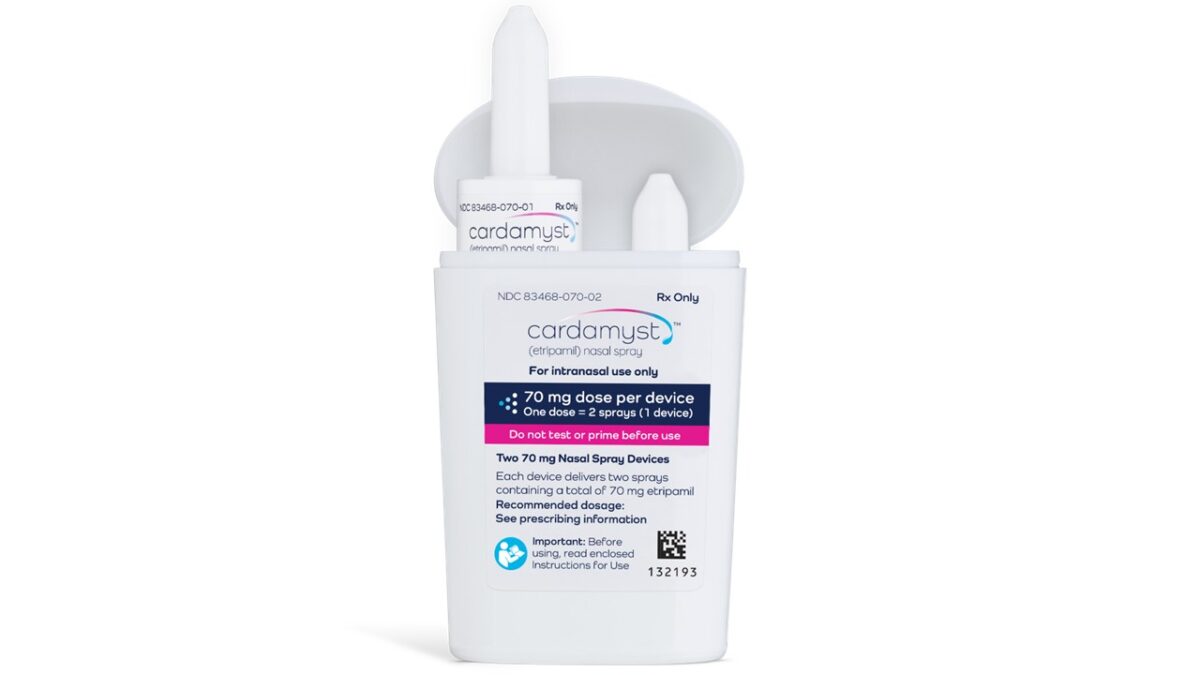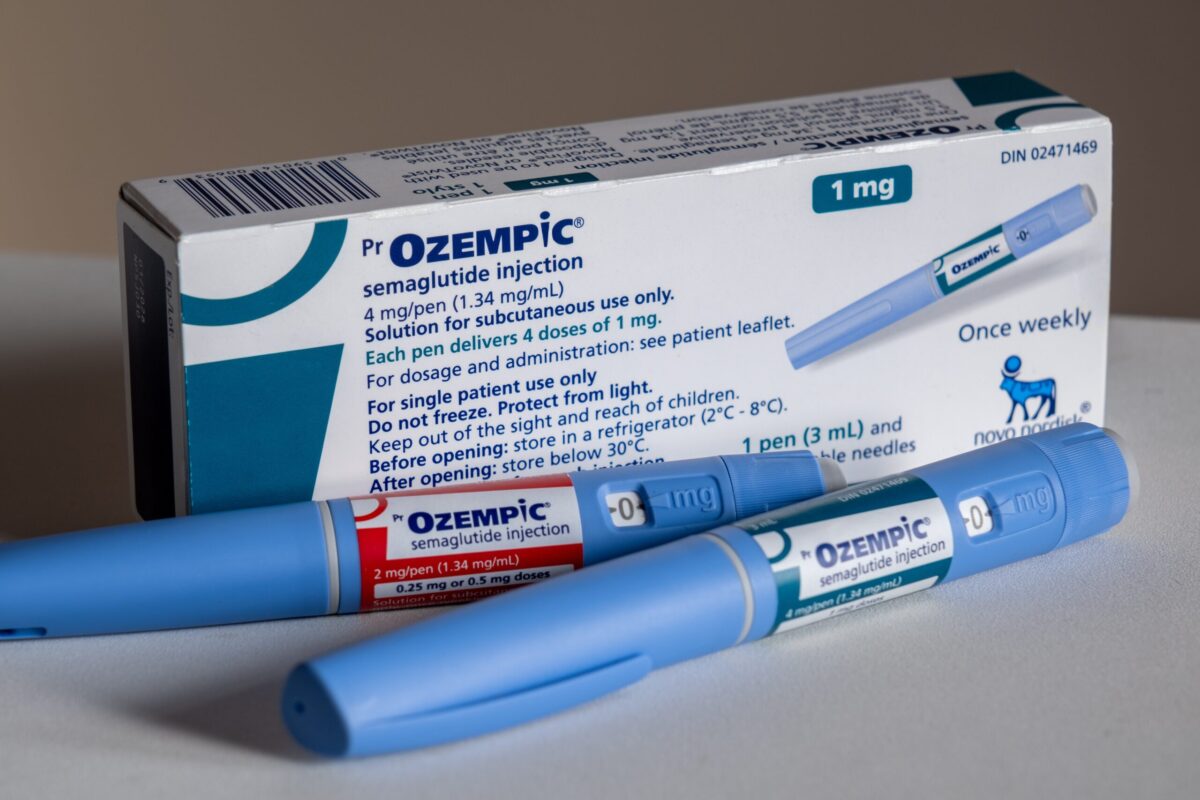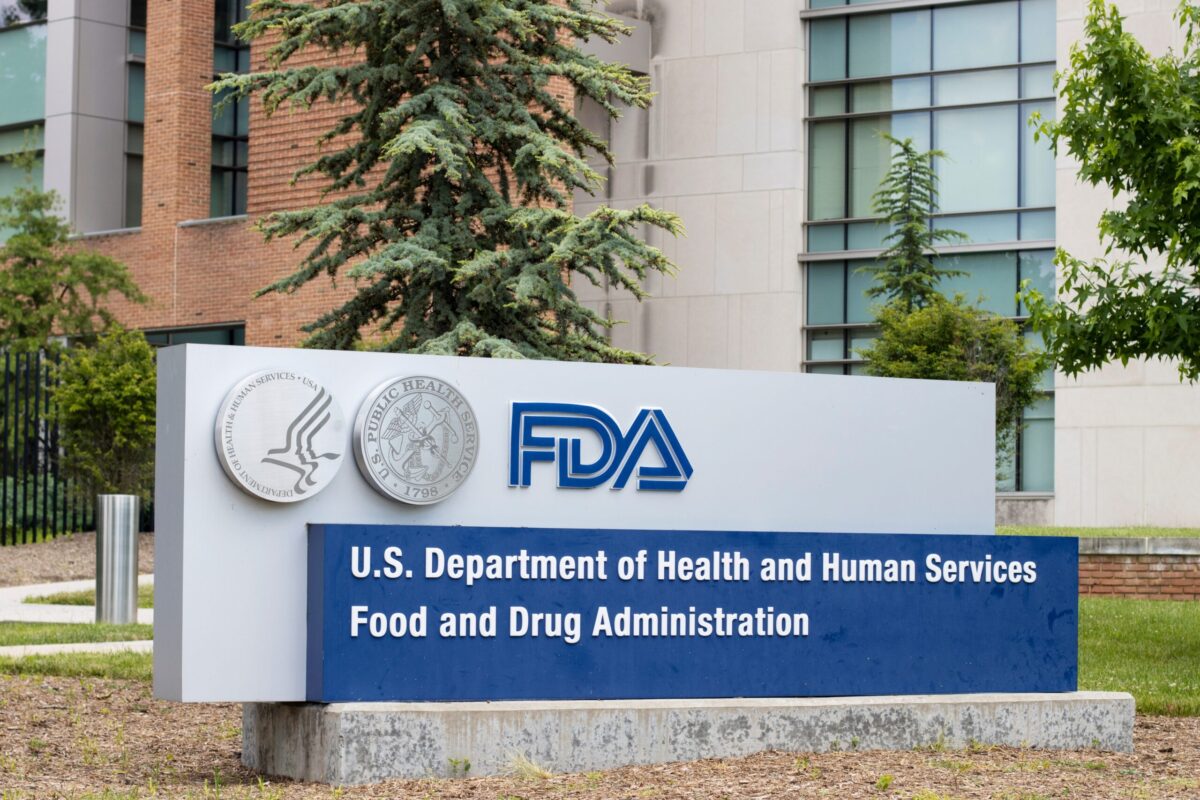According to a report conducted by the Centers for Disease Control and Prevention (CDC), nine in every ten Americans ingest more than what is recommended for daily sodium intake. An excess of dietary sodium is responsible for raising blood pressure and increasing an individual’s risk of developing cardiovascular disease, including stroke and heart attack.
The CDC’s report presents some alarming statistics: 89 percent of adults and more than 90 percent of children in the US consume more sodium than is recommended. These results were valid across all genders, ages, races, and individuals with pre-existing high blood pressure. In addition, the study did not take salt added to food at the table into account.
“The finding that nine of ten adults and children still consume too much salt is alarming,” said Dr. Tom Frieden, Director of the CDC. The report was published in the Morbidity and Mortality Weekly Report.
The sodium limits are provided in the recently-penned 2015-2020 Dietary Guidelines for Americans, which says that those over the age of 14 years should not exceed 2,300mg of sodium per day. This guideline is equivalent to 1 tsp of salt, and is reduced if a child in under the age of 14.
According to Frieden, the most recent medical evidence suggests that, “too much sodium in our foods leads to high blood pressure, a major risk factor for heart disease and stroke.” The Dietary Guidelines for Americans are revised and rewritten twice per decade.
Current statistics estimate that approximately one in three Americans have high blood pressure, while only half of these people – around 35 million people – have the condition under control. Cardiovascular diseases including heart disease and stroke kill over 800,000 individuals every year in the US, and have an estimated cost of $320 billion in health care costs and lost productivity, each year.
The report was built around dietary data from over 15,000 people, which was collected as part of the 2009-2012 National Health and Nutrition Examination Surveys (NHANES). While the sodium intake of individuals in the study was consistent across all groups, there was some variability within each group.
The CDC researchers found that 98 percent of men consume too much sodium, while 80 percent of women do the same. They also found that 90 percent of white adults consume more than the recommended amount of dietary sodium, compared to 85 percent of black adults.
These latest results show little change in sodium consumption in the US in a decade. In response to the statistics, the CDC recommends a systematic lowering of sodium levels in food prepared outside the home, including processed and restaurant-prepared meals.
“Sodium reduction is a key part of preventing heart disease and stroke,” said Sandra Jackson, an epidemiologist in the CDC’s Division for Heart Disease and Stroke Prevention, and one of the study authors. “Reducing sodium is an achievable and effective strategy to improve heart health for everyone, but it’s going to take all of us working together to make it possible.”
Sources:












Join or login to leave a comment
JOIN LOGIN